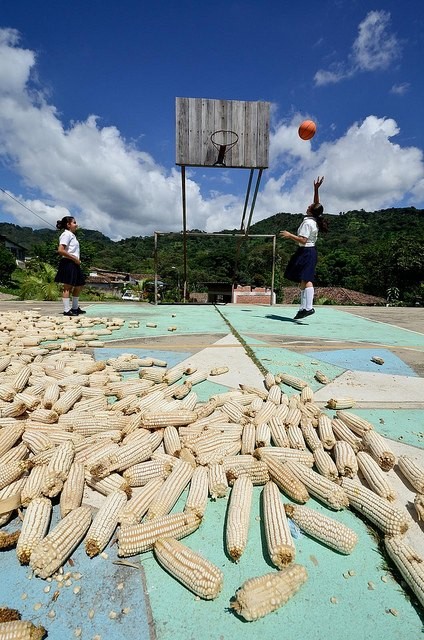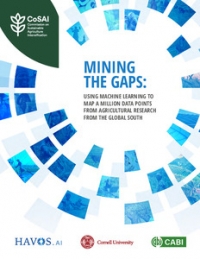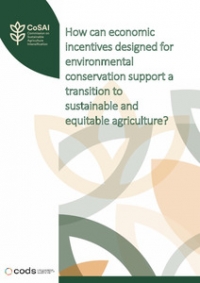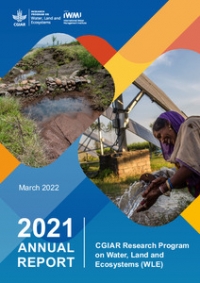 There is an increasing need for food production to respond and adapt to urbanization. Photo Credit: Neil Palmer/CIAT
There is an increasing need for food production to respond and adapt to urbanization. Photo Credit: Neil Palmer/CIAT
Our food production systems are rapidly changing. Urbanization is encroaching upon agricultural landscapes. Farmers are quickly moving into cities in search of off farm jobs. Large corporations and governments are grabbing up land in Africa and Asia to secure food for their own countries. Meanwhile, 870 million people go to bed hungry each year. Then add climate change to this mix and ask, how can we feed 9 billion people by 2050?
Let’s take a look at our food systems, advises FAO, as today’s World Food Day is themed “Sustainable Food Systems for Food Security and Nutrition.”
But what does a sustainable food system look like?
A sustainable food system is one in which ecosystem services and agricultural production work hand in hand. The CGIAR Research Program on Water, Land and Ecosystems (WLE) is putting on a landscape lens and exploring ways in which agricultural production can enhance ecosystem services to intensify production in a sustainable manner – safeguarding the environment while producing more food.
The two billion smallholder farmers who contribute to 70% of global food consumption will be key in achieving food security at minimal environmental costs. But the range of their success is dependent upon support from governments and institutions. Policies that enable access to markets and to appropriate tools and resources will be equally as essential to achieving food security and improving nutrition.
Read more from our Director Andrew Noble.
How can we achieve a sustainable food system?
Using WLE’s approach, we can begin by looking at the landscape level for solutions that will help restore degraded land for agricultural production, improve agricultural productivity, and enhance ecosystem services. But we may need to look beyond landscapes in order to ensure political and institutional support.
Jeremy Bird, Director General at the International Water Management Institute, which leads the WLE program outlines a number of solutions that can shape the sustainability of food production systems (watch the full video here):
- Sustainable irrigation – if farmers switch from relying solely on seasonal/unreliable rains to irrigation, they can double their yields. Only 4% of arable land in Sub Saharan Africa is equip for irrigation.
- Access to underground water – improving access to underground water can transform production systems, as seen in Gujarat, India
- Reduce Risk – potential underground storage systems can store water underground during flood events and save it for drought periods.
- Wastewater as fertilizer – harnessing wastewater as a safe and nutritious fertilizer for crops is possible and can close the gap in the nutrient cycle while reducing dependence on chemical fertilizer and protecting ecosystems
We're interested in what you think a sustainable food system looks like! Share with us in the comments section below.
If you’re interested in WLE’s landscape approach, stay tuned for our next blog focal month on Restoring Landscapes starting Monday October 21st!
We'll be using #LandMonth on the blog and #Landscapes on Twitter and Facebook.
For updates follow us on @WLE_CGIAR and on Facebook.






















Comments
Just one point, I have 20 others. Starting with just water, there has to be an accounting system to monitor all water. You can't manage what you don't measure.
I think a component that is often left out of the food system discussion is food waste. But waste is an important component of the food system. Our food systems do not just include landscapes and agricultural fields, but they are dependent upon markets. IMechE (https://www.theguardian.com/environment/2013/jan/10/half-world-food-waste) estimates that we can increase food supplies by 60-100% just by eliminating losses and waste while freeing land, energy and water resources.
Is WLE addressing this side of the production system? Can we eliminate food waste by focusing on creating stronger links between smallholder farmers and markets? Or will food waste elimination require different shifts in the production system...